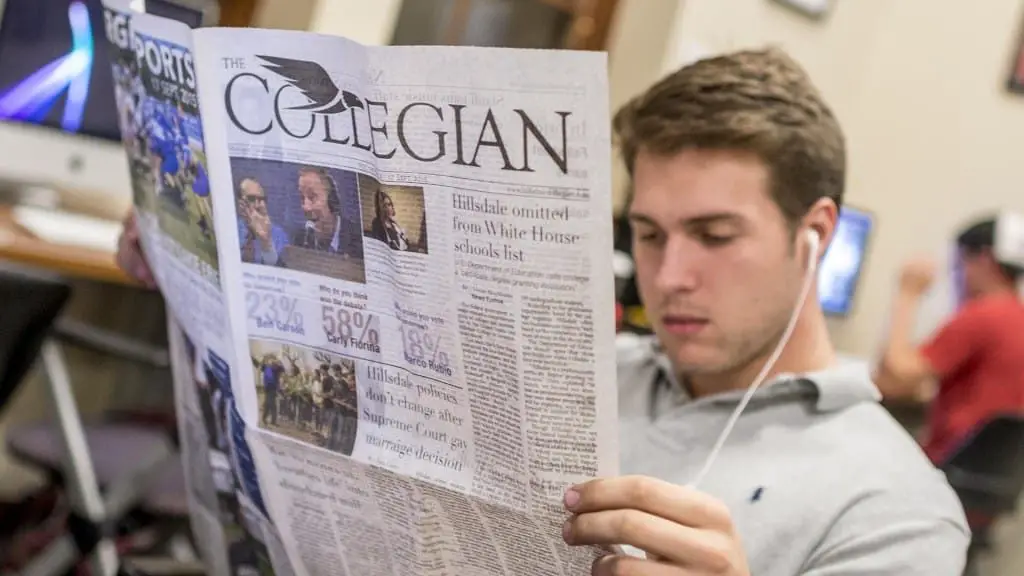A new report by the Foundation for Individual Rights in Education (FIRE) has raised concerns over censorship of free press on campuses across the country.
The “Under Pressure: The Warning Signs of Student Newspaper Censorship” report pointed out various warning signs that indicate the immense restrictions under which student newspapers are working across the country.
It highlights individual cases of various higher education institutions that in some way have tried to restrict the freedom of the press on campus.
The report notes that some colleges and universities strip off the student newspapers of necessary funding if they publish a controversial investigation or opinion piece. It mentioned cases of Texas State University, University of California San Diego and Wesleyan University, where the school officials tried to defund and derecognize student newspapers.
It mentioned that University of Wisconsin, University of Alaska Fairbanks and Brandeis University launched investigations against student journalists for their work and forcing them into silence.
A few times, even the newspapers were stolen to stop the spread of the story. In September, Radford University’s student newspaper The Tartan found nearly 1,000 of 1,500 papers missing after it ran a cover story about the unexpected death of the new chair of Radford’s criminal justice department alongside a story about a Radford freshman who was found dead in a jail cell after an on-campus arrest for public intoxication.
Many times, university administrators ask student journalists to censor their work to preserve university’s reputation. In September, at the University of Southern California, journalists associated with the Daily Trojan and Annenberg Media were warned that they could not record or take notes during a university-hosted “public forum” offering community members an opportunity to weigh in on the search for the university’s new president.
The report mentioned various other techniques used by higher education institutions to scuttle the working of free press on campuses that include prior reviews, pressure on advisers and media relations policies.
“Administrators use dubious techniques to censor student journalists — some of whom don’t even realize their voices are being silenced,” said Sarah McLaughlin, FIRE’s director of targeted advocacy and author of the report.
“Student reporters must be more vigilant than ever to protect their speech rights. By keeping an eye open for these seven warning signs, students can protect themselves and their publications,” McLaughlin added.
Harvard’s Student-Run Newspaper Elects First Black Woman President

